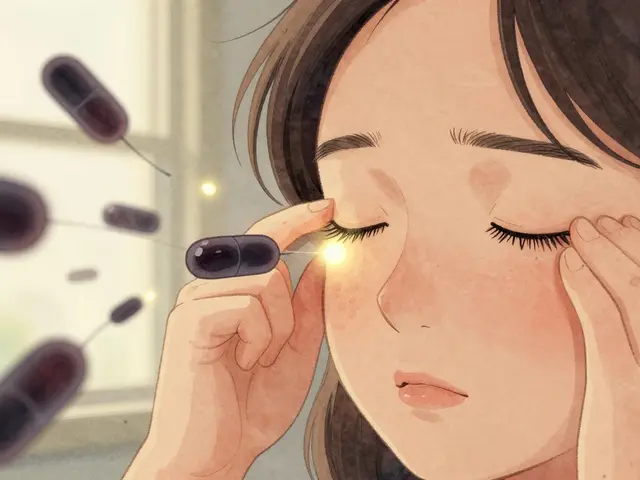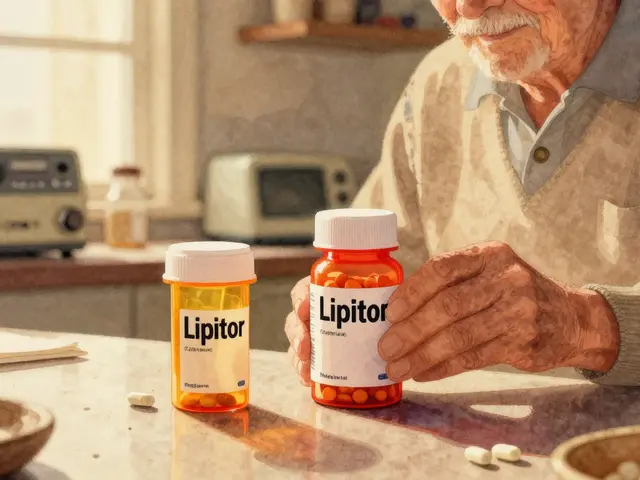Bacterial Vaginosin: What It Is and How to Deal With It
Ever notice a strange smell or extra discharge and wonder if something’s off? That could be bacterial vaginosis (BV), the most common vaginal imbalance. It isn’t an infection in the classic sense, but a shift in the good‑bad bacteria mix inside your vagina.
The good news is BV is usually easy to treat, and you can take steps to keep it from coming back. Below we break down the basics, what to look for, and how to fix it without feeling lost.
Common Symptoms and Why They Show Up
The hallmark sign of BV is a thin, gray‑white discharge that often smells fishy, especially after sex or during your period. You might also feel mild itching or burning when you pee. Some people have no symptoms at all, which is why routine checks matter if you’re prone to repeats.
Why does this happen? Your vagina hosts a healthy balance of lactobacilli (the good bacteria) and other microbes. When the lactobacilli drop, anaerobic bacteria like Gardnerella multiply, creating that characteristic odor and discharge. Factors such as douching, new or multiple partners, smoking, or using certain soaps can tip the scale.
How to Treat and Prevent Bacterial Vaginosis
The first line of treatment is a short course of prescription antibiotics—usually metronidazole (oral gel) or clindamycin cream. Both work by killing off the overgrown bacteria, letting lactobacilli bounce back.
After you finish the meds, consider adding probiotic foods or supplements with Lactobacillus strains to help restore balance faster. Yogurt, kefir, and fermented veggies are simple options.
Prevention is mostly about keeping the natural environment stable. Avoid douching, limit scented feminine products, wear breathable cotton underwear, and practice safe sex (condoms can cut down on bacterial transfer). If you smoke, cutting back helps because smoking alters vaginal flora.
If BV keeps returning, talk to your doctor about longer‑term strategies. Sometimes a repeat prescription or a probiotic regimen for several weeks makes a difference.
Bottom line: BV is common, treatable, and manageable with a few lifestyle tweaks. Spot the signs early, follow the prescribed antibiotic course, and keep the good bacteria thriving to stay comfortable.
-
8 May






